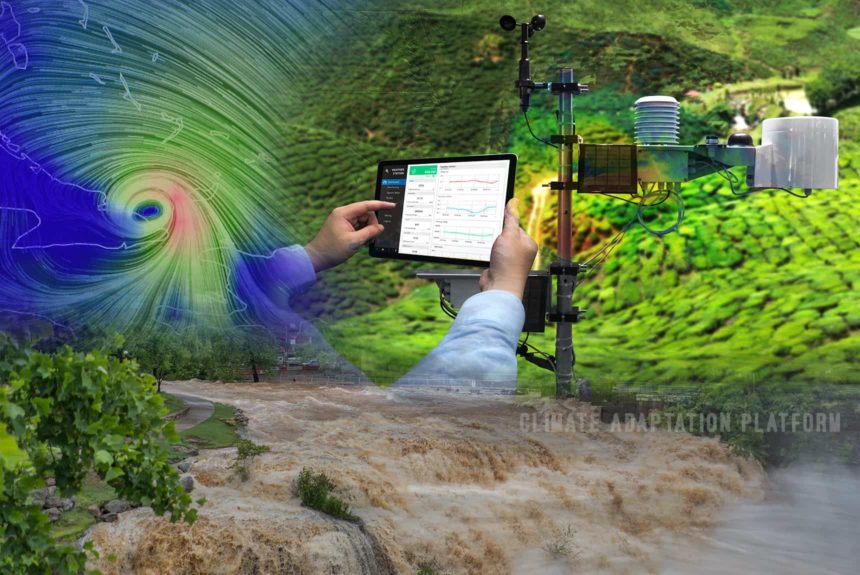The increasing threats from climate-related events and the impacts from extreme weather events demand high-quality climate, weather, hydrological, and environmental information services known as Hydromet.
Reliable weather, climate, and hydrological services can prevent natural events from developing into natural disasters.
The World Bank estimates that an effective Hydromet value chain worldwide can increase the productivity of many economic sectors and could lead to up to US$162 billion worth of benefits per year.
The Country Hydromet Diagnostic (CHD) is the groundbreaking solution to the problem of monitoring and tracking the performance of public MET services, especially in developing countries.
The CHD provides a peer-to-peer and standardized approach to assess national meteorological services – their operating environment, and their contribution to hydromet services and warnings.
The Diagnostics are developed by the Alliance for Hydromet Development, a group of major international development, humanitarian, and climate finance institutions. It has now been tested in multiple countries.
The diagnostics are an integrated tool and peer review approach to assess the maturity of Hydromet services across 10 different critical elements that are grouped under four categories – (1) enablers, (2) observation and data processing system, (3) services and product production and dissemination, and (4) user and stakeholder interaction. The process is innovative quick and collaborative.
Prof Petteri Taalas, WMO, Secretary-General says, “The diagnostic tool and the work of the Alliance for Hydromet Development will help us to create better Hydromet services across the world, leading to more accurate and earlier forecasts, stronger economies and less lives lost due to natural disasters.”
According to Mr Daniel Kull, World Bank’s Europe and Central Asia region, Senior Risk Management Specialist; “Through the use of the Country Hydromet Diagnostic, the development partners can better align their investments and assistance to help the country achieve its development goals in hydrometeorological services.”
Under the guidance of the World Meteorological Organisation, the diagnostics were developed and tested in collaboration with 16 countries and their hydromet offices. There are more in the pipeline.
The results validated the unique diagnostics approach as well as showing concerning capability gaps of national hydromet offices in delivering basic services to their governments, communities, and private sector.
Dr Michael Staudinger, Director of Central Institute of Meteorology and Geodynamics (ZAMG) and Regional President for Europe at the WMO, says:
“A peer review between two Met services is a very objective way to see where are the gaps in an observation system, where the gaps in modelling and forecasting, where the gaps in connection to the users. North Macedonia and Austria, two Met services came together and did this in a very cooperative but also standardized way with the background of the Country Hydromet Diagnostics, with a background of set questions which would see exactly what are these gaps and how can these gaps be filled”.
The pioneering first phase has proven the concept of the Diagnostics. During the next phases, they will be rolled with all interested developing countries, using the mechanisms of the Alliances Systematic Observations Financing Facility, or SOFF.
To know more about the Country Hydromet Diagnostics, click the link below:
Please, also watch the video below for more information:
Source Citation:
Country Hydromet Diagnostics: Draft prototype for road-testing. (2020, August 6). Alliance for Hydromet Development. Retrieved from https://alliancehydromet.org/wp-content/uploads/2021/07/Country_Hydromet_Diagnostics_en-1.pdf
Country Hydromet Diagnostics Road-testing. (2021, July 7). World Meteorological Organization – WMO. [Video file]. Retrieved from https://www.youtube.com/watch?v=rq5GD42Mv5I&t=6s



Leave a Reply